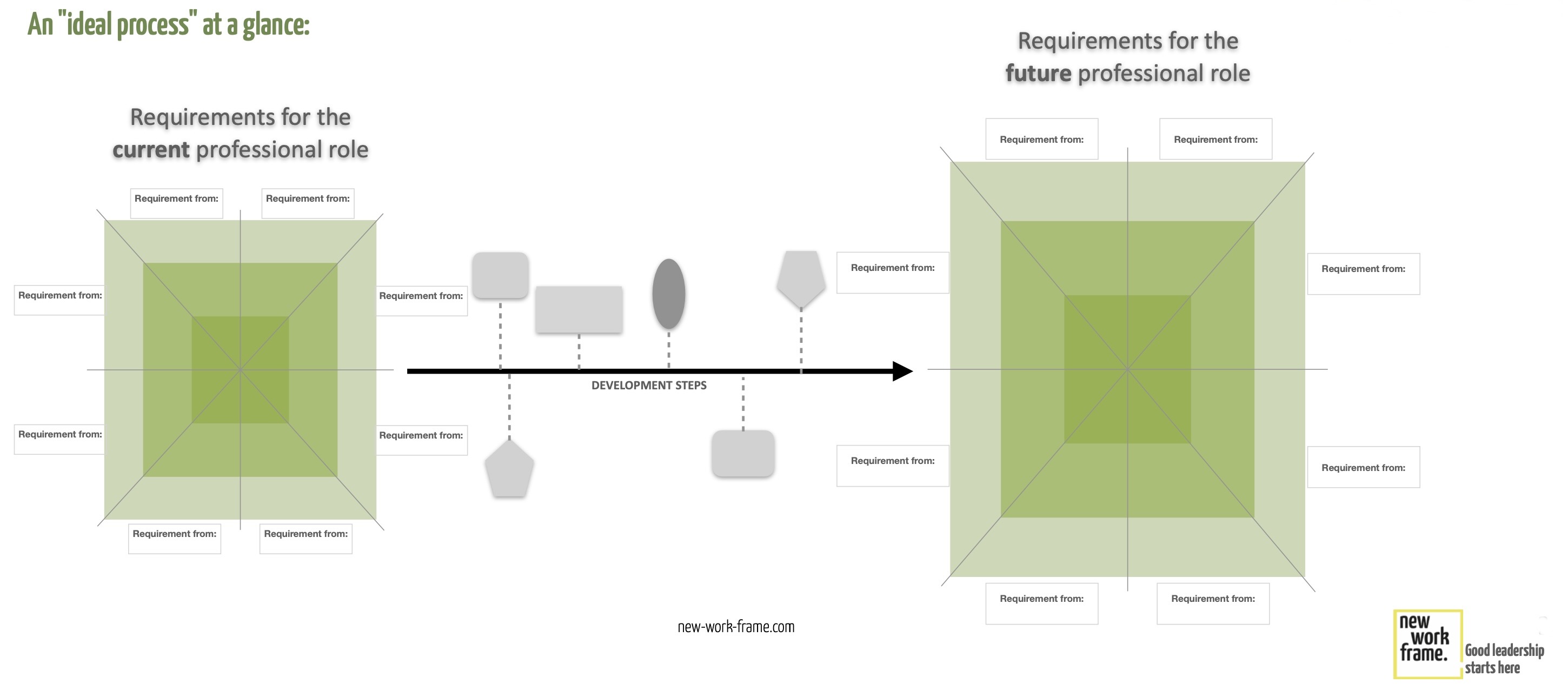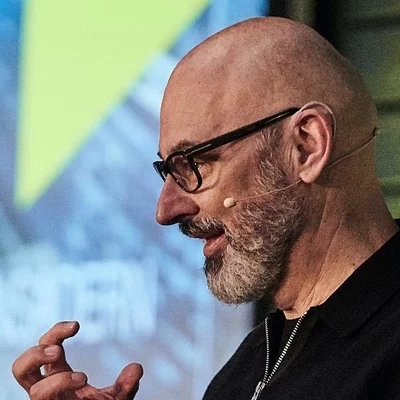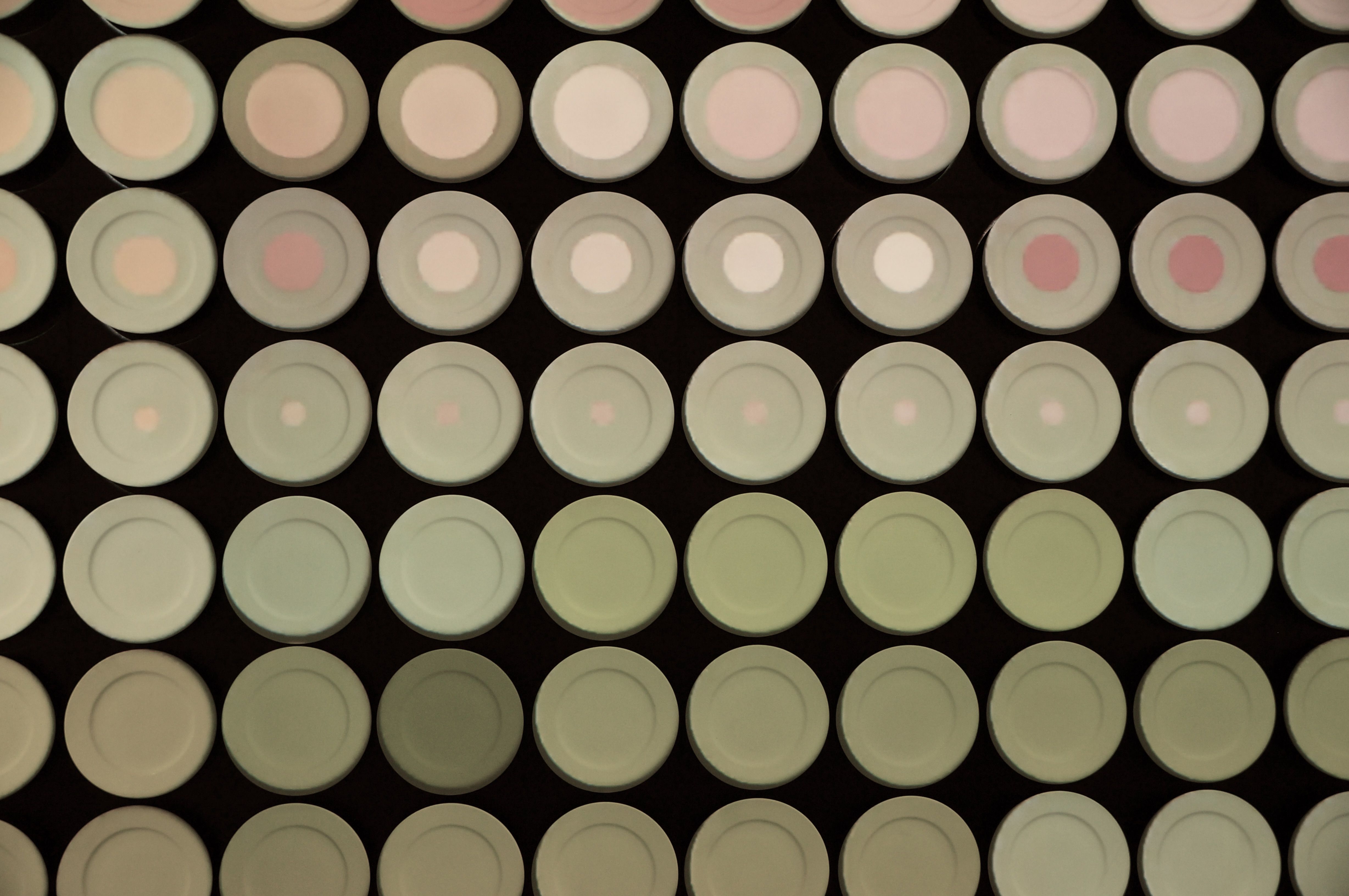In the following tool, we change the time perspective and look at what our own professional role of the future could ideally look like.
The previous blog was about shaping the current professional role by working it out with the important interaction partners and actively negotiating with them. Now we are expanding the results from Tool 1 and Tool 2 to include a perspective on the future.
The ability to imagine one's own future is not only an exercise in creativity, but a fundamental competence for anyone who wants to progress in their own development - within or outside their current position in an organization.
The importance of envisioning the future in the professional role
The concept of the future vision in the professional role serves precisely this purpose: it is a concretized visionary draft that not only provides a rough direction, but also gives a clear idea of what the future professional role should or could look like.
This image of the future is therefore a focus, a conscious, justifiable, powerful and attractive selection from any number of possible scenarios for one's own professional development. It thus gives direction and motivation to your own development. And it is an excellent tool for personnel development to provide a targeted development process for employees in the company.
What a future image of the professional role consists of
Once the future image of the professional role has been created, it makes statements about it:
- What the essence of this future potential role should be: What are the key areas of activity and action? What are the key responsibilities?
- What will be the most important requirements of the most important interaction partners with whom the role holder will frequently have to deal
- What challenges and requirements arise from the development of important systems in the company
- What the major task packages and activities with the greatest leverage should be
- What specifically the assessment criteria will be for whether the role holder fulfills the requirements in this role (excellently).
Determining the future image of the professional role: interaction partners and key questions
In order to gradually create an increasingly clear picture of the future professional role, we gather more and more information from the following different perspectives with the help of the guiding questions:
Questions for the current supervisor and mentors:
- Vision and expectations:
"How do you see my current role developing over the next two to three years in light of the company's goals?"
"If I were to continue to develop optimally, what professional role do you think I could take on in the company in three to five years' time?"
"What responsibilities would I have in this role? What developments and decisions would I be involved in? And what would be the most important tasks of this role in the future?"
"Who would be the most important future interaction partners and what would presumably be their most important requirements for this professional role?" - Skills development:
"What additional skills or knowledge do you expect me to have in order to meet the future challenges of this role?" - Measuring success:
"What criteria will you use to measure the success of my role in the future?"
Questions for important "systems":
With a little imagination, it is even possible to determine the requirements that important systems place on the future role. The following key questions can help
- Technological developments:
"Which technological developments will have the greatest impact on my role in the coming years and how can I prepare for them?" - Process adaptations:
"To what extent will processes in finance, products and services, IT, production, HR, operations, etc. need to be adapted in order to achieve future corporate goals and what role will I play in this? And how will the requirements for my future role develop and change as a result?"
Self-reflective questions - personal vision:
- "How do my personal vision and career goals match the expected development of my role?"
- "Which task packages do I (absolutely?) want to strengthen, maintain or reduce in my future professional role?"
- "Which additional and as yet unnamed topics do I (absolutely?) want to include in my professional development, realize and develop with substance?"
- "What do I absolutely want to take responsibility for in the future? Which developments do I want to influence and in which decisions do I want to be involved?"
- Willingness to learn: "What new areas of learning and skills am I willing and motivated to develop in order to meet my future requirements?"
- Contribution to the company's success: "To what extent do I see my future role as contributing to the overall success of the company and which strategic goals can I support with it?"
In this phase, it is important for the role holder herself, but also for everyone involved, to remain in an explorative future mode. The focus here is on creating a coherent overall picture that serves as a compass and orientation.
At the end of this process, a picture is created that can in turn be entered into a visualization analogous to the current role in a clear and condensed form.

The next step is to determine what the development needs and the best development path would be in order to enable the role holder to develop really well with regard to this future role model.
You can find out how this planning can best be done in the final Tool 4 of this series.




